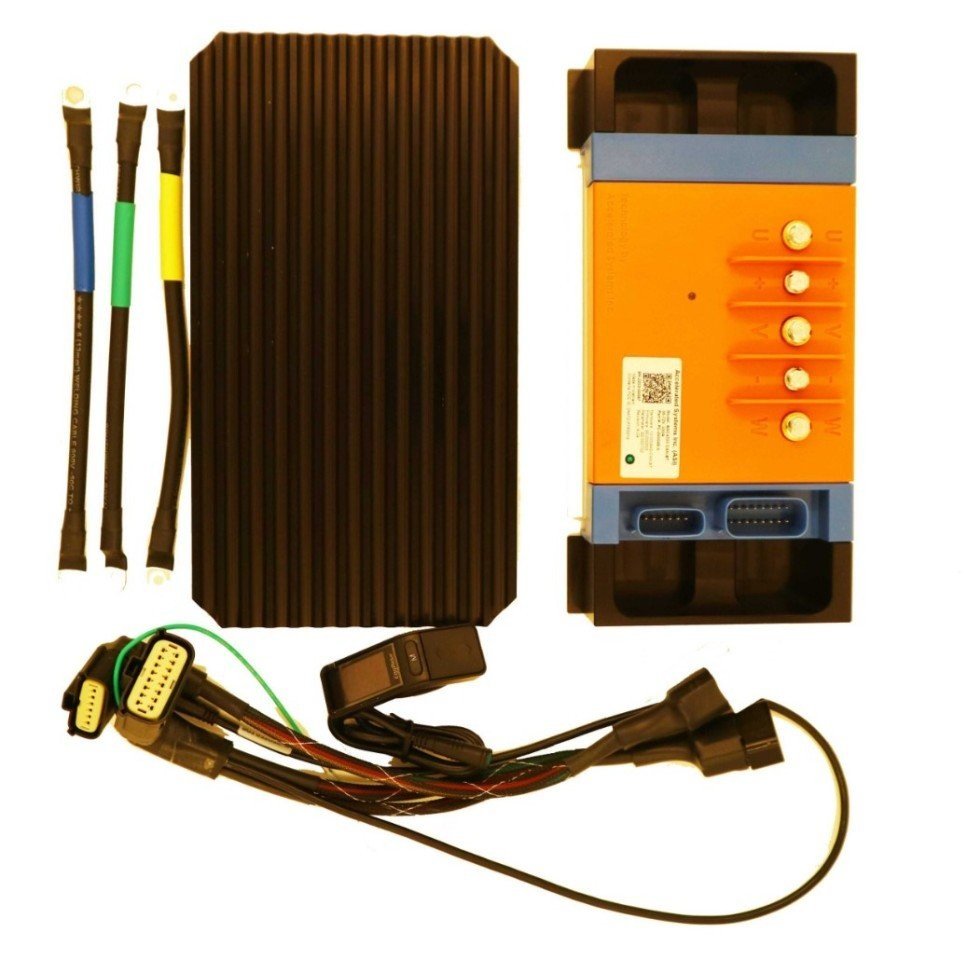Electric motorcycle controllers are a critical component of the electric motor system that controls the speed and torque of the motor. Here are some important features of electric motorcycle controllers:
- Power Rating: The power rating of the controller is an important consideration, as it determines the maximum power output of the motor. Electric motorcycle controllers typically range in power from a few kilowatts to over 100 kilowatts.
- Voltage Rating: The voltage rating of the controller should match the voltage of the battery and motor to ensure compatibility and optimal performance.
- Current Rating: The current rating of the controller determines the maximum current that can be delivered to the motor. This is important for ensuring the motor receives enough power to operate effectively.
- Control Method: The control method of the controller determines how the motor is controlled. The two main types of control methods are voltage control and current control.
- Regenerative Braking: Some controllers have regenerative braking capabilities, which allows the motor to act as a generator and charge the battery while slowing down.
- Communication Protocol: Many controllers have a communication protocol that allows them to communicate with other components of the electric motorcycle, such as the battery management system or the dashboard display.
- Thermal Management: Some controllers have thermal management features, such as fans or heat sinks, to help dissipate heat generated during operation.
Electric motorcycle controllers are available from a variety of manufacturers, with different features and specifications. It's important to choose a controller that matches the power and voltage requirements of your motor and battery, and to consider additional features such as regenerative braking and thermal management.


